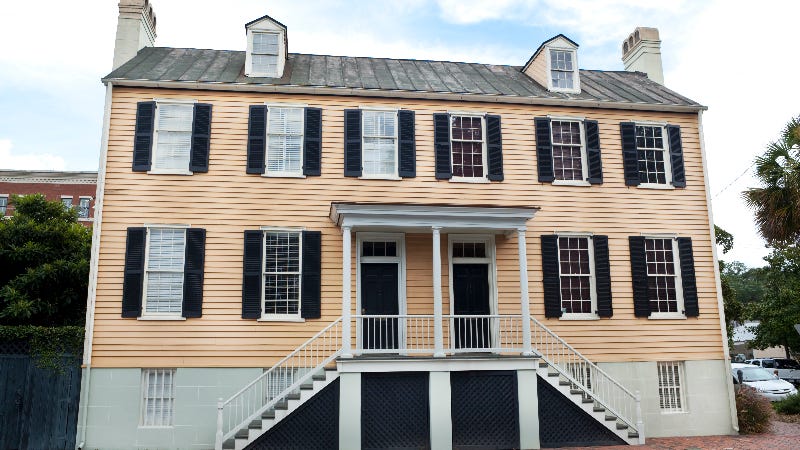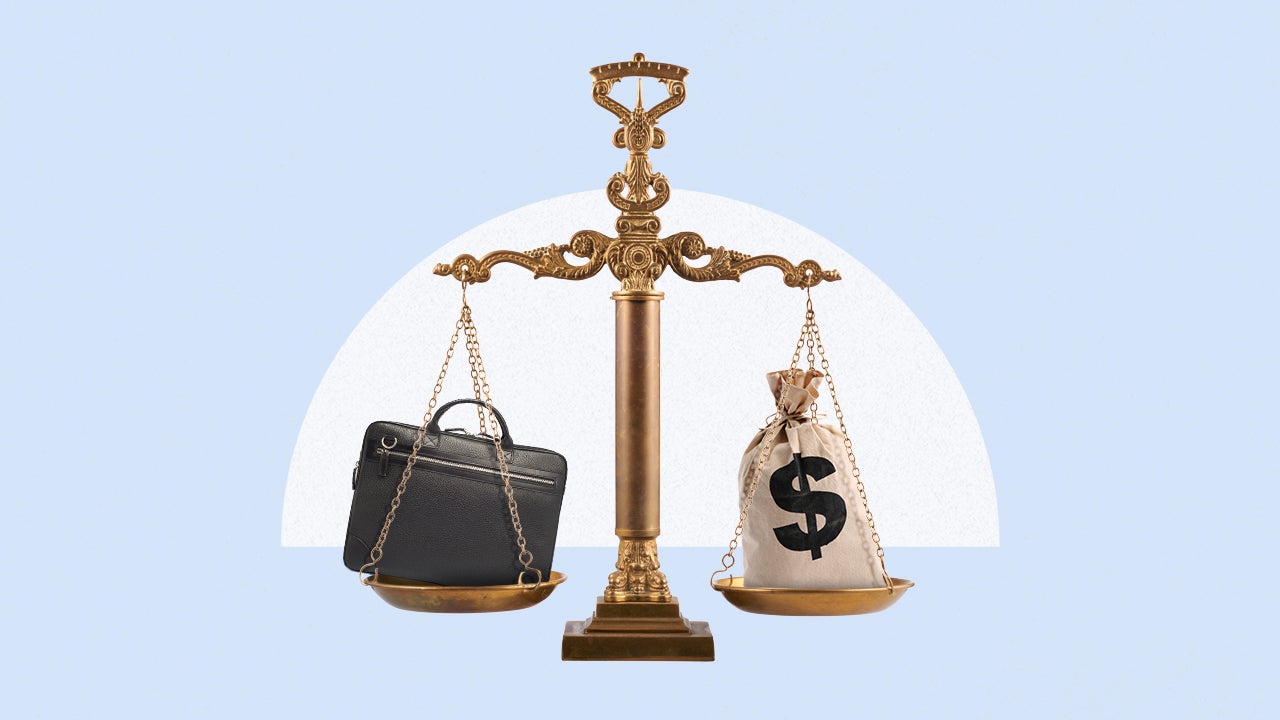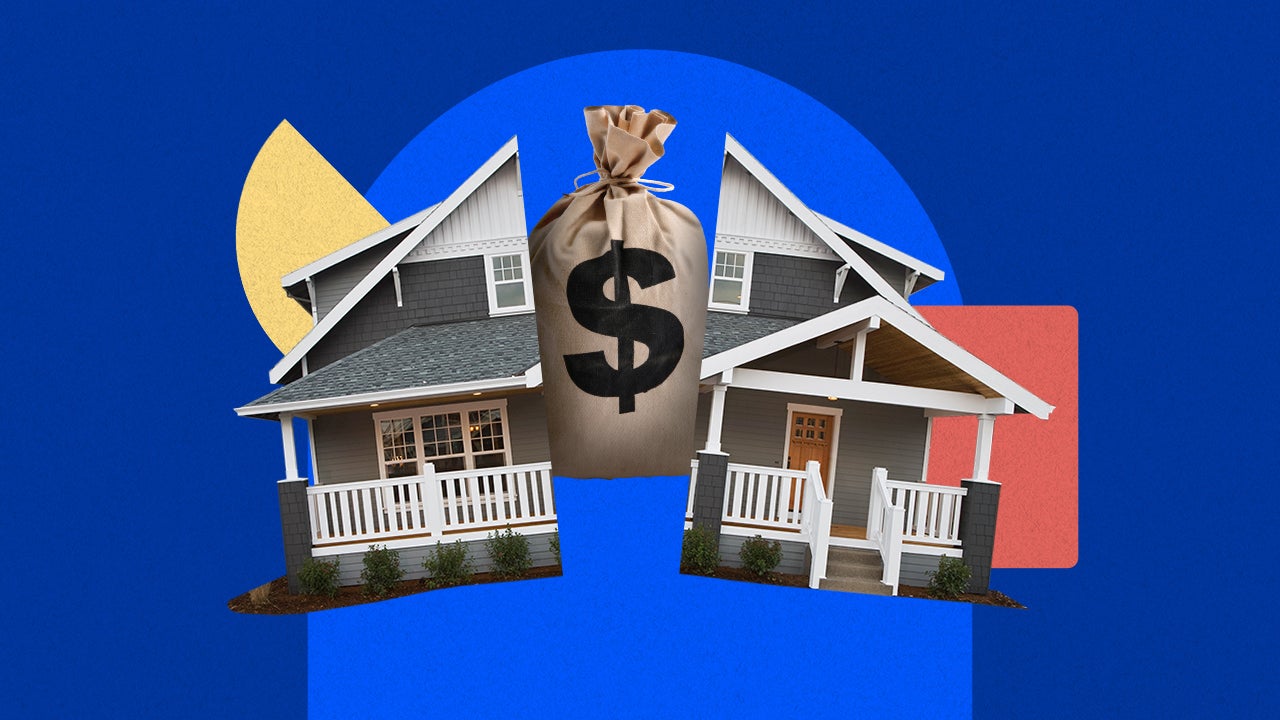What is a multi-family home? What to know before you buy one




Multi-family homes can be a great way for novice real estate investors to get started. They’re also a popular option for extended families to live under one roof. However, these properties, which contain multiple units for more than one household, have some challenges that single-family homes don’t have. If you’re considering buying a multi-family home, here’s what you need to know before jumping in.
Definition: What is a multi-family home?
A multi-family home is a single building that’s divided to accommodate more than one family living separately. They can range from a duplex, which has two dwellings within a single building, to larger buildings with up to four individual units. (Buildings with more than four units are typically considered commercial properties.)
The owner of a multi-family home can either live in one of the units and rent out the others, or live elsewhere and rent them all out.
“When you’re looking at a single-family home, you’re thinking about your own needs only,” says Char Winckowski, a Realtor with Howard Hanna in Toledo, Ohio. “When you’re looking at a multi-family home, you have to think of it more as a business: What will the needs of your tenants be? What kinds of income will it produce, and what will your expenses be?”
Multi-family vs. single-family homes
While you can rent out some or all of a single-family home, multi-family homes have other distinct characteristics: Each unit in a multi-family home has its own address, its own kitchen and bathroom(s), and typically its own entrance. Some may have started out as large single-family homes that an owner or developer decided to divide into multiple units, while others are built specifically to contain more than one household.
Who are they best for?
These properties can be a smart choice for multi-generational families interested in buying a property together. For example, aging parents, college-age children and other members of the extended family can all live under the same roof while still enjoying the privacy of individual units.
Purchasing a multi-family property is also great for those who are interested in getting into real estate investing to generate wealth — and are comfortable with the added responsibility and time commitment that comes with being a landlord. These types of homes can potentially allow you to live rent free, if you occupy one of the units and the rent from the other units generates enough income to cover your monthly expenses. Once the mortgage is covered, the rent from multi-family homes can become a passive stream of income.
Bear in mind, though, that the rules for financing a multi-family property are different depending on whether the owner will live there or not: If you don’t plan to live in your property, you’re considered an investor. And as such, it’s important to understand the costs associated with the property, including not only your mortgage, property taxes and homeowners insurance, but also other expenses, such as utilities, real estate agent fees, advertising (to attract tenants) and legal fees.
If you’re thinking of investing in a multi-family home, do your homework: “An evaluation of the property should include a home inspection by a licensed inspector and market research to include a market lease-rate analysis along with current market rental conditions,” says Paul Wyman, managing broker of the Wyman Group in Kokomo, Indiana.
Types of multi-family homes
There are various kinds of multi-family homes to consider, with different offerings in terms of layout and living space.
- Duplex/triplex: A duplex refers to two units that are connected either via a common wall, ceiling or floor. A triplex has three. Each home has its own entrance and may also have separate yards and garages.
- Condo: A condo is typically an individually owned unit within a community or building made up of other individually owned units. In most cases, condo owners are required to pay monthly fees to a homeowners association. These fees cover the costs of upkeep for any amenities that may be included, and in some cases they cover insurance for the building or community, as well.
- Townhouse/semi-detached house: Similar to duplexes, these are homes that are attached to one another via a common wall. Usually they have two or three stories. They require less maintenance and upkeep than a single-family home, and they’re more affordable than freestanding homes as well.
Pros and cons of multi-family homes
Pros
- The rental income a multi-family property earns can help offset the cost of your mortgage and other expenses, or even cover them entirely. “For some owners, the rent is enough that they don’t have a house payment at all,” says Wyman. “They’re able to use income from other units to cover their mortgage and insurance, and that frees them up to use their cash for other things.”
- These properties can be ideal for multi-generational families who want to be close but retain their privacy. (They also help you keep such options open in the future.)
- If you live in (or close to) your rental property, you’ll be able to tackle repairs and maintenance more easily and will be able to respond faster when problems arise.
- You can write off much of your home maintenance as a business expense and prorate part of your mortgage interest payments.
- If you start out living in one unit but ultimately move out, you can still keep it as an income-producing investment, earning even more once you start renting it out.
Cons
- Since you’re buying more than one unit, it may cost more upfront to purchase a multi-family home than it would to buy a single-family home.
- Being a landlord is a time commitment, and living in the immediate vicinity of your tenants means they can knock on your door at any time. You’ll also need to be comfortable negotiating lease terms and screening your tenants, not to mention dealing with them in a business-like way when the rent is overdue, there are issues with noise or there’s damage to the property.
- If your units go vacant or a tenant is late with the rent, you’re still responsible for paying your mortgage. You also have to cover the cost of (quickly) repairing problems, like a leaky roof or clogged toilet. “Even if you don’t have a housing payment every month, there is still financial risk in multi-family homes,” Wyman says.
- You’ll need a substantial emergency fund. Landlords should have plenty of money set aside to cover unexpected repairs and rent on vacant units.
- It can be complicated to sell a multi-family property that has tenants in place.
How to find a multi-family home
Like freestanding homes, multi-family properties are listed for sale on real estate search websites, where you can typically filter the results of your search based on the type of property you’re seeking. As with any house hunt, do your research to understand multi-family home prices in your market and what you might expect to pay. A local real estate agent can help with this, and may be able to help you find investment opportunities in your area as well.
Find other housing types
| House type | Who it’s right for |
|---|---|
| Apartment | Apartments are suited for anyone looking to stay in a prime location for a cheaper price near shopping, restaurant and entertainment centers, often at a more affordable cost than buying a condo or single-family home. |
| Condominium | Condos appeal to those looking for a lower-maintenance living, home with a sense of security, opportunities to be social with neighbors, among other factors. |
| Townhouse | Townhouses are a particularly good option or first-time homebuyers or other budget-minded home buyers who want more space than typically afforded in a condo. |
| Modular home | Modular homes can be enticing to empty-nesters looking to downsize, those looking for backyard units like tiny homes or families looking to upgrade their dated properties in nice but expensive neighborhoods. |
| Single-family home | Single-family homes are best for large households who prefer a spacious yard and plenty of room to spread out. |
| Multi-family home | Multi-family homes are best for those who are interested in getting into real estate investing and are comfortable with the added responsibility and time commitment that comes with being a landlord. |
| Bungalow home | At between 1,000 and 2,000 square feet, bungalows are a great option for young buyers looking for a starter home or older buyers hoping to downsize in a home without stairs. They’re also good for individuals who want the single-family-home lifestyle without managing a huge property. |
| Co-op | Co-ops are most often found in major cities, and they can be good for those looking for security or neighbors who largely adhere to the building’s rules and policies. |
| Patio home | Typically capped at one-and-a-half stories and part of a larger association, patio homes are best for homeowners who don’t want to deal with stairs or maintenance. |
| Ranch home | Ranch homes are ideal for anyone who prefers single-story living. |




